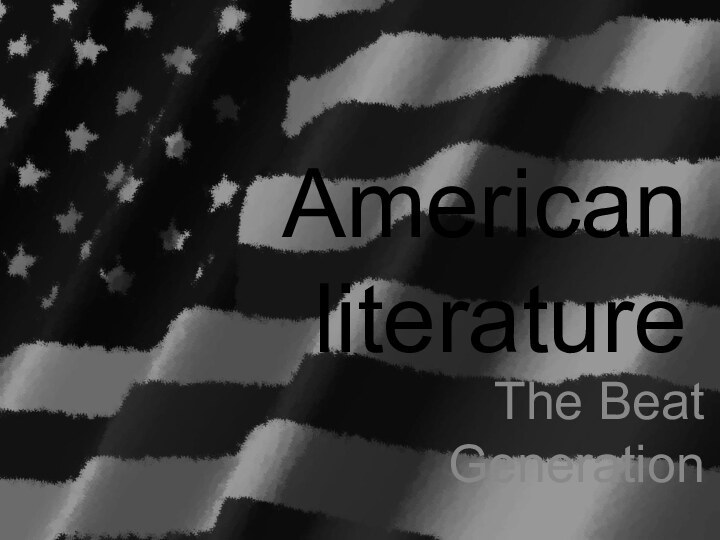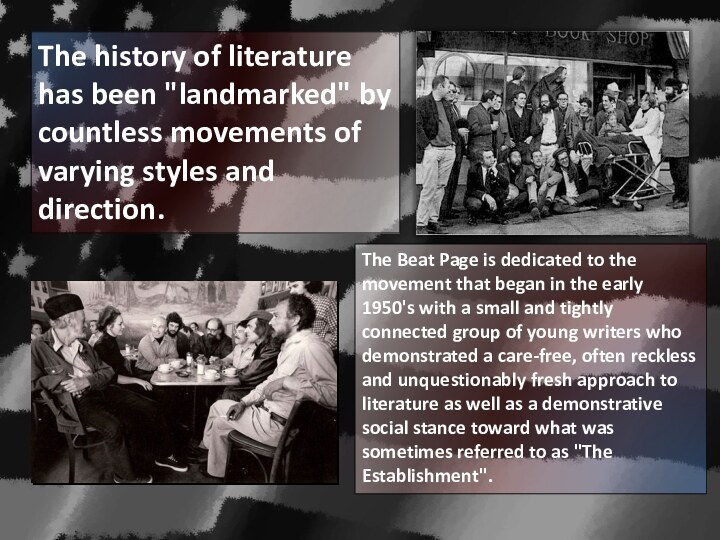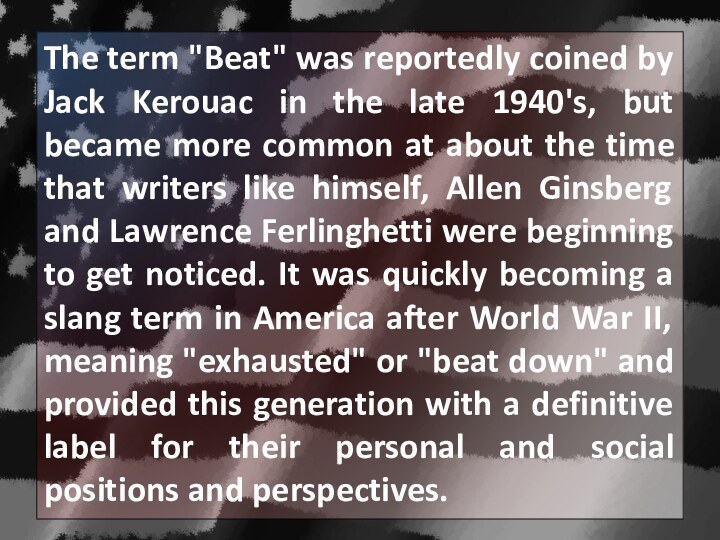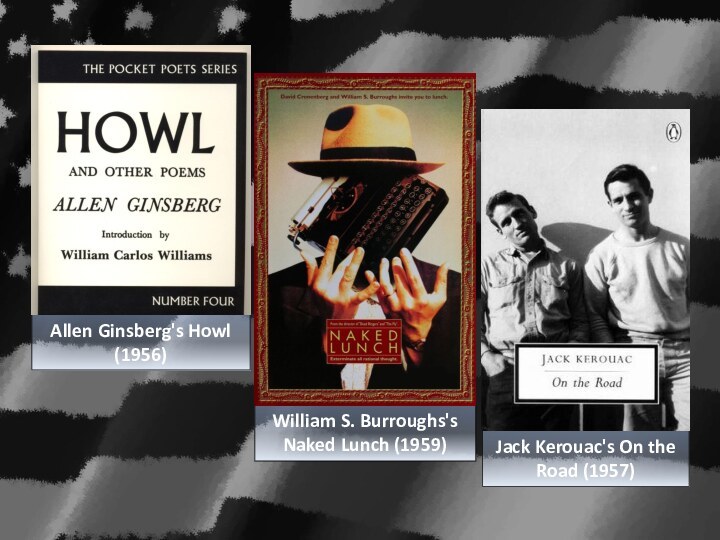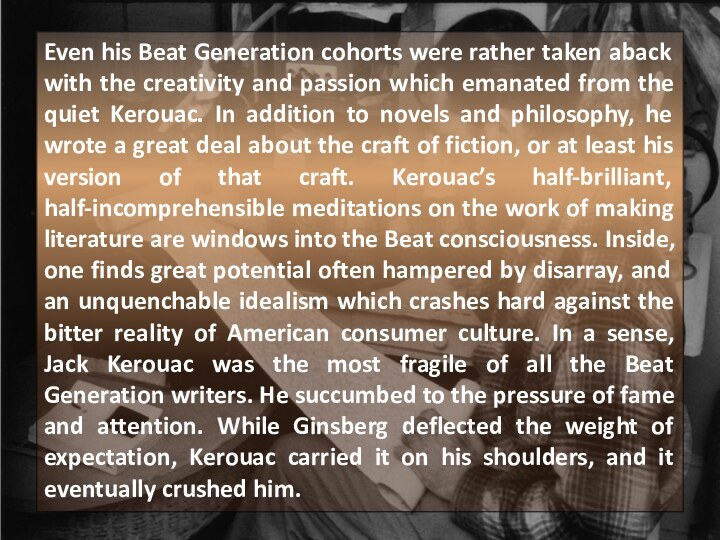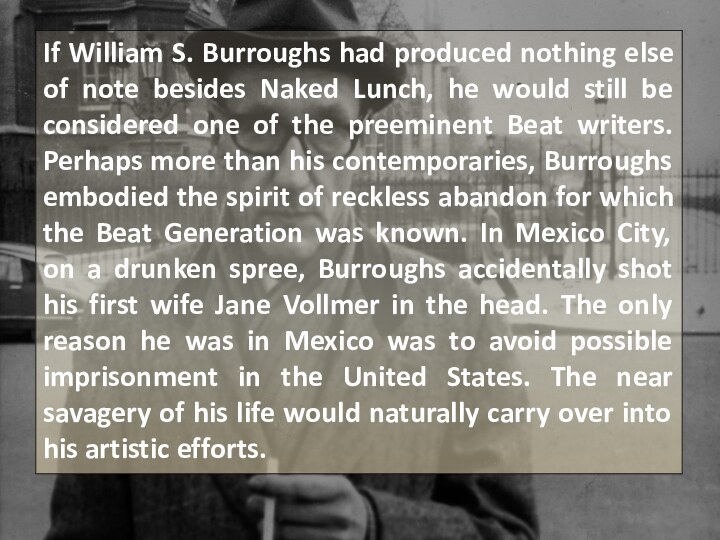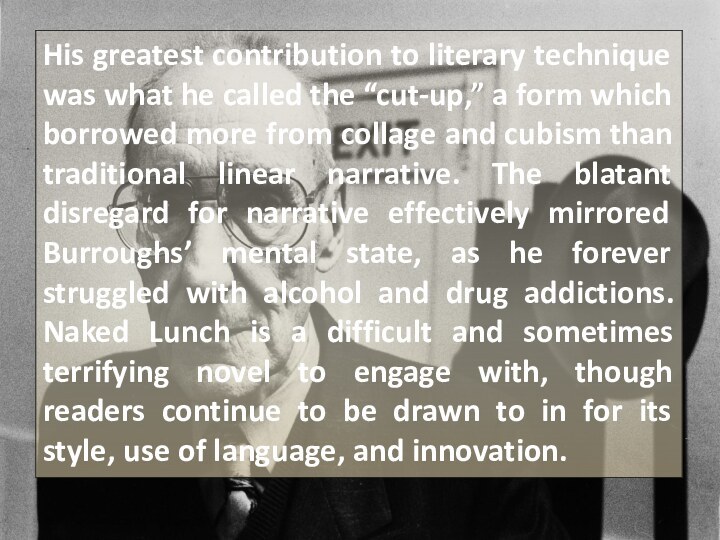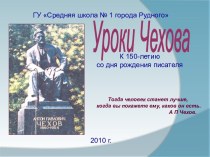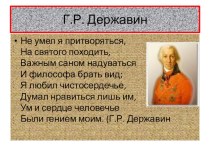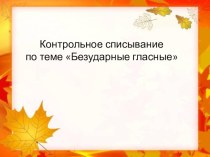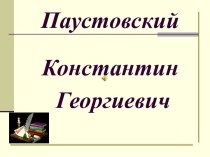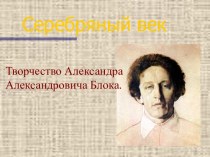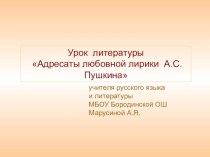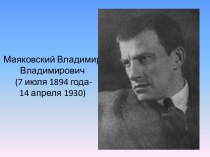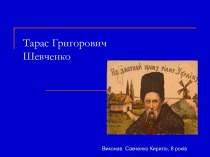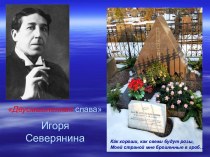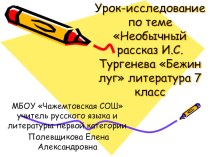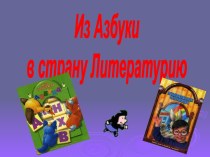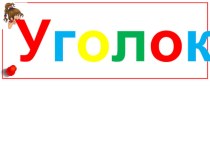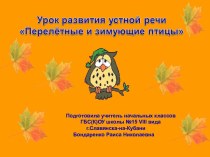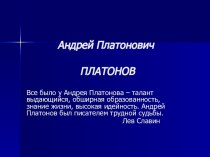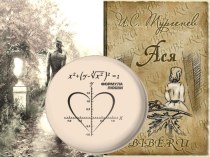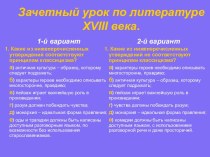- Главная
- Разное
- Бизнес и предпринимательство
- Образование
- Развлечения
- Государство
- Спорт
- Графика
- Культурология
- Еда и кулинария
- Лингвистика
- Религиоведение
- Черчение
- Физкультура
- ИЗО
- Психология
- Социология
- Английский язык
- Астрономия
- Алгебра
- Биология
- География
- Геометрия
- Детские презентации
- Информатика
- История
- Литература
- Маркетинг
- Математика
- Медицина
- Менеджмент
- Музыка
- МХК
- Немецкий язык
- ОБЖ
- Обществознание
- Окружающий мир
- Педагогика
- Русский язык
- Технология
- Физика
- Философия
- Химия
- Шаблоны, картинки для презентаций
- Экология
- Экономика
- Юриспруденция
Что такое findslide.org?
FindSlide.org - это сайт презентаций, докладов, шаблонов в формате PowerPoint.
Обратная связь
Email: Нажмите что бы посмотреть
Презентация на тему American literature. The beat generation
Содержание
- 2. The history of literature has been "landmarked"
- 3. The term "Beat" was reportedly coined by
- 4. Jack Kerouac's On the Road (1957) William S. Burroughs's Naked Lunch (1959) Allen Ginsberg's Howl (1956)
- 5. No Beat Generation novelist garnered more attention
- 6. Even his Beat Generation cohorts were rather
- 7. If William S. Burroughs had produced nothing
- 8. Скачать презентацию
- 9. Похожие презентации
The history of literature has been "landmarked" by countless movements of varying styles and direction. The Beat Page is dedicated to the movement that began in the early 1950's with a small and tightly connected group
